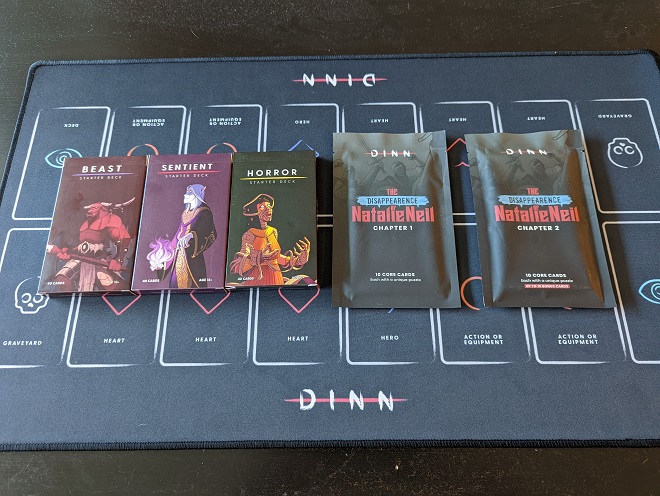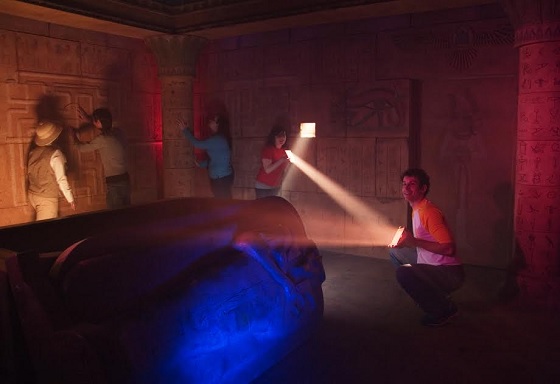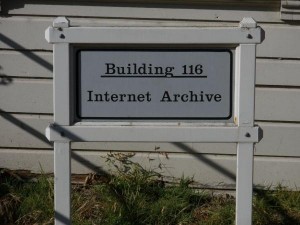
In 2017, the computer programmer Natalie Neil disappeared without a trace from the quaint town of Rock Springs, Wyoming. Despite making national news and triggering a statewide search, Natalie appeared to have vanished without a trace, and the investigation was closed. But recently, individuals close to the investigation started receiving mysterious packages in the mail, containing a USB drive with an old voicemail message from Natalie, and a personalized decks of cards.
- Charlie Neil, Natalie’s sister, received a deck of cards pulled straight from Arthurian legend, featuring figures of myth and legend;
- Don Horn, the detective who investigated Natalie’s disappearance before getting pulled off the case, received a deck of cards with more beastly and animalistic attributes;
- Ava Whitehall, Natalie’s former boss at Whitehill Mining, received a deck with a more demonic bent.
All told, six people close to Natalie received these mysterious packages. And buried within those decks just might lie the secret behind The Disappearance of Natalie Neil, the first season of the trading card game Dinn. By following along with the investigation through Dinn‘s alternate reality game embedded into the cards players can unravel the mystery themselves, and even exert a degree of influence over the story’s progression.

Deconstructing Dinn: A Brief Overview of the Card Game
On its face, Dinn is a relatively fast-paced trading card game for two players. The goal of the game is to shatter the opponent’s three heart cards by defeating their heroes. Weaker heroes may only shatter one heart when defeated, while more powerful heroes end the game upon a loss, while equipment and action cards are played to give heroes an edge in the battle.
While many trading card games rely on asynchronous gameplay where players take turns driving the action, with Dinn players make their choices simultaneously. Every round starts with both players selecting a hero, and placing them face down on the table. Both players then reveal their hero cards, before activating any abilities written on the card. The process repeats two more times for action and ability cards placed face down, before determining which hero emerges triumphant.

Themed starter decks provide pre-constructed decks that allow players to start playing immediately, while “chapter pack” expansions provide players with additional cards they can integrate into their decks to level up the gameplay experience. There are no card rarities in Dinn: buying a starter deck or expansion pack gets players all the cards in that set, similar to the model used by Fantasy Flight Games with their “Living Card Games”, where seasonal releases give players full access to the game’s card evolving card library.
The Story Behind the Cards: Dinn’s “Artificial Reality Game”
The narrative framing for Dinn is that each of the six “starter decks” of cards in the game are associated with one of the key figures associated with Natalie Neil’s disappearance, and represent a facsimile of what those characters actually received. Accordingly, every starter deck has a meta-puzzle scattered across the cards that helps reveal and advance the character’s story.
For instance, solving the puzzle scattered across the cards from Charlie Neil’s “Sentient” deck of cards involved players mapping out the cards that gave a series of alphanumeric characters – adding that text string to the partial URL added to the footer of all the cards in the deck leads players to discovering Charlie’s blog, What’s Wrong with Rock Springs.
In it, Charlie notes that strange things have been happening in the town of Rock Springs for a while, and that her sister wasn’t the first to disappear. A town with a population of ~23,000 people had over 300 of their residents disappear in the last three years alone. Finally, Charlie blogs about receiving the package with her own personal deck of cards, and a USB containing a voicemail from Natalie, shortly before her disappearance. If players check out Charlie’s “Contact” page, they can register the fact that they solved the puzzle (with the first to solve celebrated for the feat on Dinn‘s website), and even vote on how the story should progress.
Continue reading


 In recent years, the United States Government has launched a number of experiments in alternate reality games and collective intelligence. To celebrate the 40th anniversary of ARPANET in 2009, the Department of Defense
In recent years, the United States Government has launched a number of experiments in alternate reality games and collective intelligence. To celebrate the 40th anniversary of ARPANET in 2009, the Department of Defense 